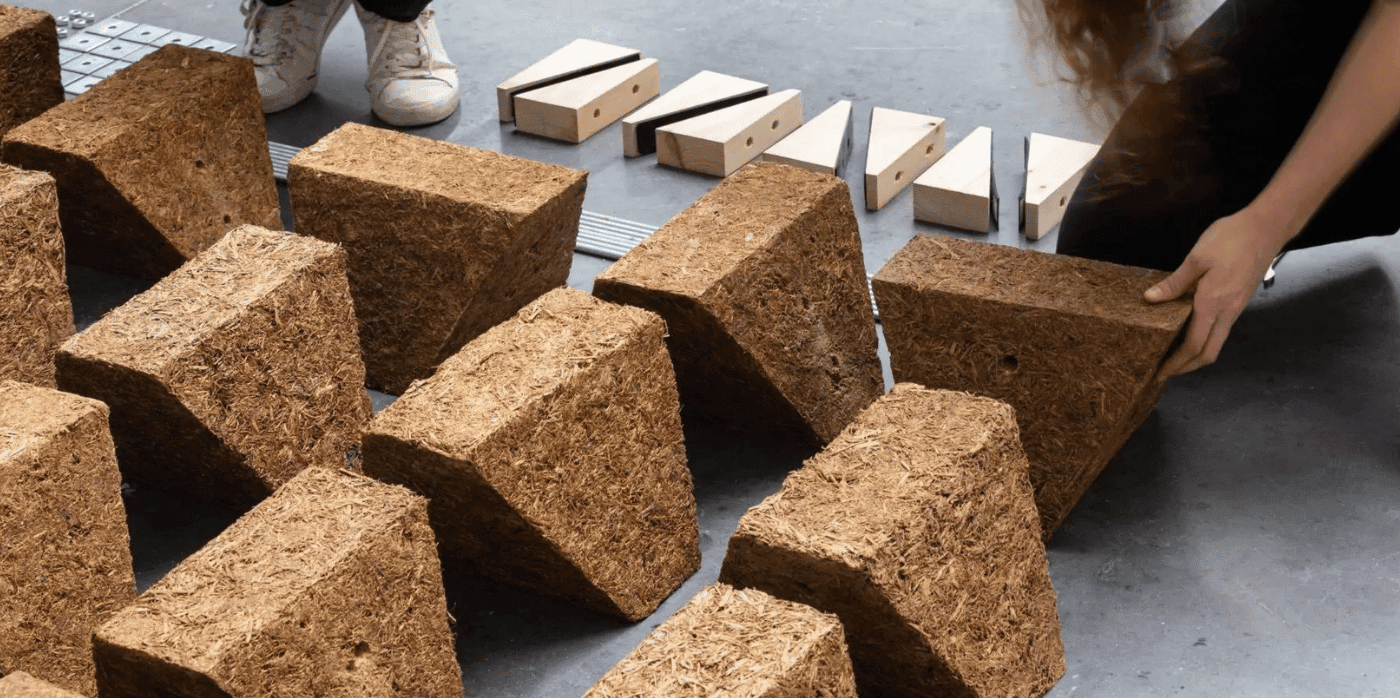
Spotted: Sugarcane is the world’s most produced crop as of 2021 and is grown mostly for use as sugar and ethanol. Bagasse is the waste product left behind after the sugarcane is crushed to harvest the juice. Some of the leftover material is used for biofuel, but much is left to go to waste. Many of the world’s developing countries are key sugarcane producers, so finding a way to turn the bagasse waste into a valuable new product would provide significant support in further developing local economies.
A collaborative project based in the University of East London has brought together researchers, commercial partners, sustainability experts, and architects to create Sugarcrete, a concrete brick replacement. According to the team, if only 30 per cent of the world’s bagasse waste was used for Sugarcrete production, the global brick industry could be completely replaced.
Sugarcrete bricks are ultra-low carbon and are made by mixing bagasse with mineral binders. A fast-growing crop, sugarcane is an extremely efficient carbon sink. When combined with the low-emission manufacturing process, the final product becomes a particularly sustainable building option.
The polyhedral bricks are designed to lock together to create strength without the need for additional supplies. Square slabs of the bricks are held together with only perimeter ties, and the team is working on strengthening the bricks further.
The bricks meet industry standards for strength, durability, fire resistance, and thermal properties, and are four times lighter than traditional bricks with only 15 per cent of the carbon footprint. The team has made its research open source in order to support communities in developing new industries to replace the need to import expensive building supplies.
The usefulness of sugarcane biowaste is being recognised by various innovators, who are transforming it into a range of new products. Springwise has also spotted electronics packaging and takeaway cups with a built-in lid.
Written By: Keely Khoury

